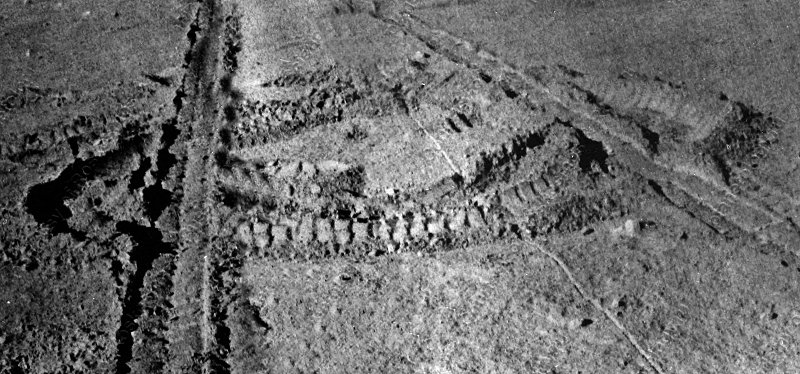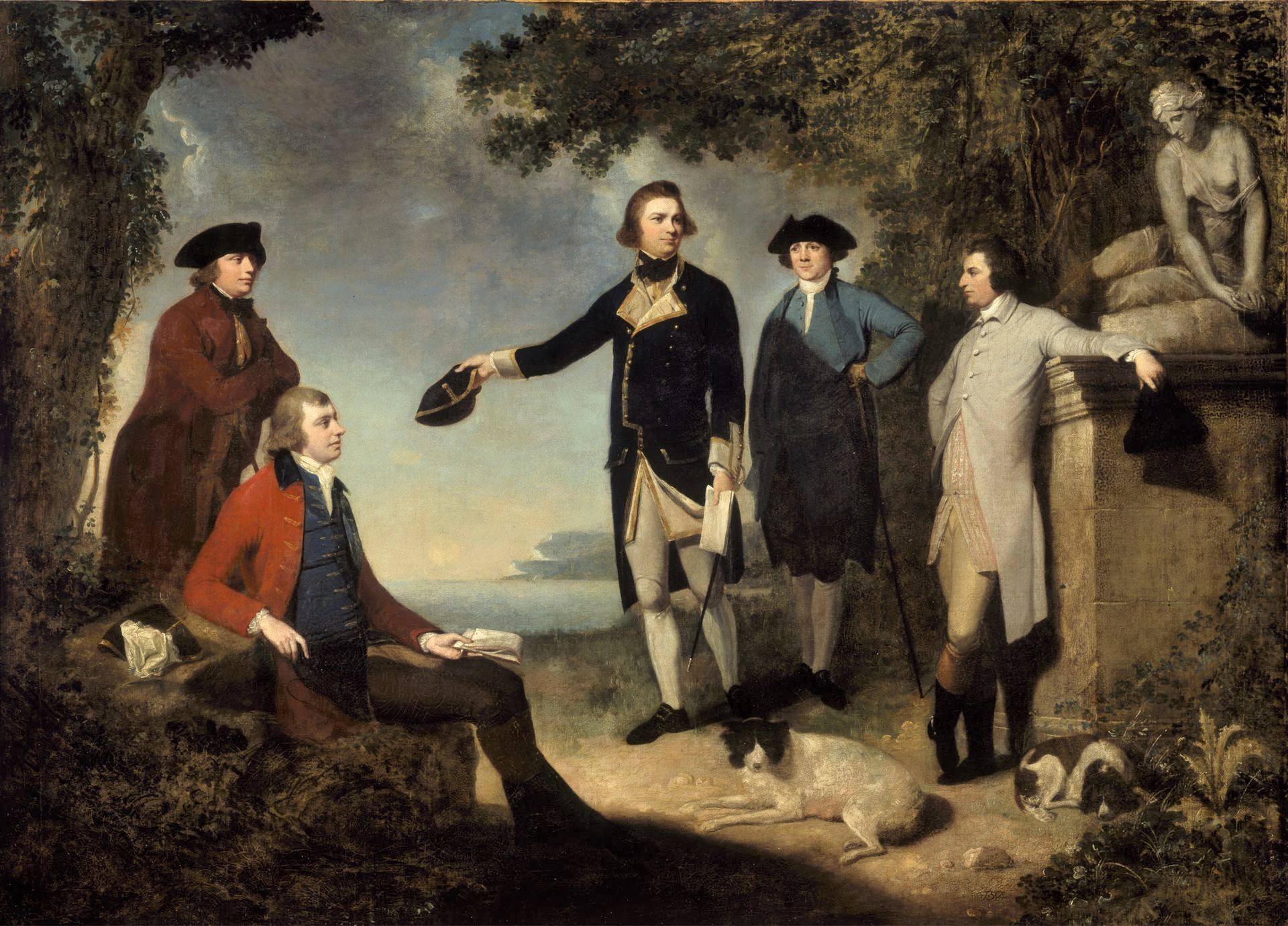http://en.wikipedia.org/wiki/Lunokhod_2 wrote:. http://apod.nasa.gov/apod/ap100606.html
. http://apod.nasa.gov/apod/ap970420.html
<<Lunokhod 2 (Луноход, moon walker in Russian) was the second of two unmanned lunar rovers landed on the Moon by the Soviet Union as part of the Lunokhod program. Lunokhod 2 operated for about 4 months, covered slightly more than 37 km of terrain, including hilly upland areas and rilles, and sent back 86 panoramic images and over 80,000 TV pictures. Many mechanical tests of the surface, laser ranging measurements, and other experiments were completed during this time.
Even by May 2013, its journey remained the longest any robotic rover, or any vehicle, that had ever driven on another celestial body; the crewed Apollo 17 Lunar Roving Vehicle travelled 35.75 km, and the still extant robotic Opportunity Rover had travelled 35.76 km on Mars.
The Luna 21 spacecraft landed on the Moon and deployed the second Soviet lunar rover (Lunokhod 2) in January 1973. The primary objectives of the mission were to collect images of the lunar surface, examine ambient light levels to determine the feasibility of astronomical observations from the Moon, perform laser ranging experiments from Earth, observe solar X-rays, measure local magnetic fields, and study the soil mechanics of the lunar surface material.
The rover stood 135 cm high and had a mass of 840 kg (vs. 220 cm high & 900 kg for Curiosity). It was about 170 cm long and 160 cm wide and had eight wheels each with an independent suspension, electric motor and brake. The rover had two speeds, ~1 km/h and ~2 km/h. Lunokhod 2 was equipped with three television cameras, one mounted high on the rover for navigation, which could return high resolution images at different frame rates—3.2, 5.7, 10.9 or 21.1 seconds per frame. These images were used by a five-man team of controllers on Earth who sent driving commands to the rover in real time. Power was supplied by a solar panel on the inside of a round hinged lid which covered the instrument bay, which would charge the batteries when opened. A polonium-210 radioisotope heater unit was used to keep the rover warm during the long lunar nights. There were four panoramic cameras mounted on the rover. Scientific instruments included a soil mechanics tester, solar X-ray experiment, an astrophotometer to measure visible and ultraviolet light levels, a magnetometer deployed in front of the rover on the end of a 2.5 m boom, a radiometer, a photodetector (Rubin-1) for laser detection experiments, and a French-supplied laser corner reflector. The lander carried a bas relief of Vladimir Lenin and the Soviet coat of arms.
Landing occurred at 23:35 UT in Le Monnier crater at 25.85 degrees N, 30.45 degrees E. After landing, the Lunokhod 2 took TV images of the surrounding area, then rolled down a ramp to the surface at 01:14 UT on January 16 and took pictures of the Luna 21 lander and landing site, driving for 30 metres. After a period of charging up its batteries, it took more pictures of the site and the lander, and then set off to explore the moon. The rover would run during the lunar day, stopping occasionally to recharge its batteries with the solar panels. At night the rover hibernated until the next sunrise, heated by the radioactive source.
On June 4, 1973 it was announced that the program was completed, leading to speculation that the vehicle probably failed in mid-May or could not be revived after the lunar night of May–June. More recently, Alexander Basilevsky related an account where on May 9, 1973, the rover's open lid touched a crater wall and became covered with dust. When the lid was closed, this dust (a very good insulator) was dumped on to the radiators. The following day, May 10, controllers saw the internal temperature of the Lunokhod climb as it was unable to cool itself, eventually rendering the rover inoperable. On May 11, 1973 signal from the rover was lost.
Lunokhod 2 continues to be detected by lunar laser ranging experiments and its position is known to sub-meter accuracy. On March 17, 2010 Phil Stooke, a professor at the University of Western Ontario announced that he had located Lunokhod 2's final resting place in photographs made by the NASA Lunar Reconnaissance Orbiter (LRO). However, the reported identification was incorrect and the LRO LROC team identified the correct location of the rover. The spacecraft was photographed by the LRO in March 2012. Excellent Lunokhod 2 images from LROC published by Mark Robinson on SESE site of ASU.
Ownership of Lunokhod 2 and the Luna 21 lander was sold by the Lavochkin Association for $68,500 in December 1993 at a Sotheby's auction in New York. The buyer was computer gaming entrepreneur and astronaut's son Richard Garriott (also known as Lord British), who stated in a 2001 interview with Computer Games Magazine's Cindy Yans that: I purchased Lunakod 21 [sic] from the Russians. I am now the world's only private owner of an object on a foreign celestial body. Though there are international treaties that say, no government shall lay claim to geography off planet earth, I am not a government. Summarily, I claim the moon in the name of Lord British!>>
Lunokhod 2 : still champion after 40 years!
- neufer
- Vacationer at Tralfamadore
- Posts: 18805
- Joined: Mon Jan 21, 2008 1:57 pm
- Location: Alexandria, Virginia
Lunokhod 2 : still champion after 40 years!
Art Neuendorffer
Re: Lunokhod 2 : still champion after 40 years!
Opportunity should surpass it on its drive to Solander Point.
http://asterisk.apod.com/viewtopic.php?t=31408
http://asterisk.apod.com/viewtopic.php?t=31408
Know the quiet place within your heart and touch the rainbow of possibility; be
alive to the gentle breeze of communication, and please stop being such a jerk. — Garrison Keillor
alive to the gentle breeze of communication, and please stop being such a jerk. — Garrison Keillor
- neufer
- Vacationer at Tralfamadore
- Posts: 18805
- Joined: Mon Jan 21, 2008 1:57 pm
- Location: Alexandria, Virginia
Re: Lunokhod 2 : still champion after 40 years!

bystander wrote:
Opportunity should surpass it on its drive to Solander Point.
http://asterisk.apod.com/viewtopic.php?t=31408
http://en.wikipedia.org/wiki/Daniel_Solander wrote:
<<Daniel Carlsson Solander or Daniel Charles Solander (19 February 1733 – 13 May 1782) was a Swedish naturalist and an apostle of Carl Linnaeus. Solander was the first-university educated scientist to set foot on Australian soil.
Solander was born in Piteå, Norrbotten, Sweden, to Rev. Carl Solander a Lutheran principal, and Magdalena née Bostadia. Solander enrolled at Uppsala University in July 1750 and initially studied languages, the humanities and law. The professor of botany was the celebrated Carolus Linnaeus who was soon impressed by young Solander's ability and accordingly persuaded his father to let him study natural history. Solander traveled to England in June 1760 to promote the new Linnean system of classification. In February 1763 he began cataloguing the natural history collections of the British Museum, and was elected Fellow of the Royal Society in June following year.
In 1768 Solander gained leave of absence from the British Museum and with his assistant Herman Spöring accompanied Joseph Banks on James Cook's first voyage to the Pacific Ocean aboard the Endeavour. They were the botanists who inspired the name Botanist Bay (which later became Botany Bay) for the first landing place of Cook's expedition in Australia. Solander helped make and describe an important collection of Australian plants while the Endeavour was beached at the site of present-day Cooktown for nearly 7 weeks, after being damaged on the Great Barrier Reef. These collections later formed the basis of Banks' Florilegium.
- [b][color=#0000FF][size=110]Dr Daniel Solander, Sir Joseph Banks, Captain James Cook, Dr John Hawkesworth and Earl Sandwich by John Hamilton Mortimer. Since 1914 a Solander Monument in Swedish granite is to be found in Botany Bay south of Sydney where in 1770 Cook named one of the headlands [u]Point Solander[/u], nowadays Cape Solander.[/size][/color][/b]
Solander's return to Britain with Cook and Banks made him the first Swede to circle the globe. On their return in 1771 Solander resumed his duties at the British Museum but also collaborated with Banks on the Florilegium. In 1772 he accompanied Banks on his voyage to Iceland, the Hebrides and the Orkney Islands. Between 1773 and 1782 he was Keeper of the Natural History Department of the British Museum. In 1773 he was elected a foreign member of the Royal Swedish Academy of Sciences.
Solander invented the book-form box known as the Solander box which is still used in libraries and archives as the most suitable way of storing prints, drawings, herbarium materials and some manuscripts. Solander died at Banks' home in Soho Square of a stroke, aged 49, at 9.30pm on 13 May 1782.
Solander's reputation has been profoundly influenced by his limited number of publications and his premature death. Although he had detailed descriptions prepared for most of the botanical specimens he collected on the Endeavour voyage, in deference to Joseph Banks he held off publication waiting for the completion of over 700 engravings. However, after Solander's death, Banks, now President of the Royal Society, failed to publish his projected Florilegium. Had he done so, he would have secured Solander's posthumous reputation. It has been claimed that Banks treated Solander, and Jonas Dryander, as his servants rather than as botanists of equal standing to others in the botanical establishment. However, Banks clearly had a strong emotional bond with Solander, met his expenses and even supported his relatives in Sweden. In 1784, when he wrote to Johan Alströmer of Solander's death, Banks declared: 'This too early loss of a friend, whom I during my more mature years have loved and whom I will always miss, makes me wish to draw a veil over his death, as soon as I have ceased to speak of it. I can never think of it without feeling a mortal pain.' Solander remained an employee of the British Museum for the last decade of his life but was also paid by Banks to assist him with his collections.
Solander Gardens in the east end of London is named after him, as are the Solander Islands off New Zealand's South Island. Solander was associated with Banks in Illustrations of the Botany of Captain Cook's Voyage Round the World, and his The Natural History of Many Curious and Uncommon Zoophytes, Collected by the late John Ellis, (1786) was published posthumously. In Solander's birth town Piteå the Solander Science Park houses a number of cleantech companies and research organizations.>>
Art Neuendorffer




